I grew up hiking, skiing, mountain biking, and hunting in the mountains of southwestern Montana. Following college, I joined the military and served in the US Special Operations Command for sixteen years before transitioning to a corporate job in the private sector. When I was much younger and fitter, I experienced some of the most difficult physical training that the US military has to offer. But now I am a 40-year old middle-aged former commando trying to maintain my fitness with a full-time office job, a wife, and two young children.
Full disclosure: I am not a fitness professional. Aside from completing several difficult military selection and training courses, these are a few of my fitness accomplishments: over twenty ultramarathons (up to 100-mile distance), Captains of Crush #3 close (non-certified because I used a parallel set instead of the more difficult credit card set), 5-mile open ocean swims, multiple road and mountain bike races, Rim-to-Rim-to-Rim Grand Canyon, RKC certification 2009, CrossFit Level 1 certification 2012, rock climb 5.10+, TGU both sides with 48kg, and other random stuff like tearing a deck of cards in half. Among my peers, this training resume is nothing exceptional. I have friends who are far more physically accomplished.
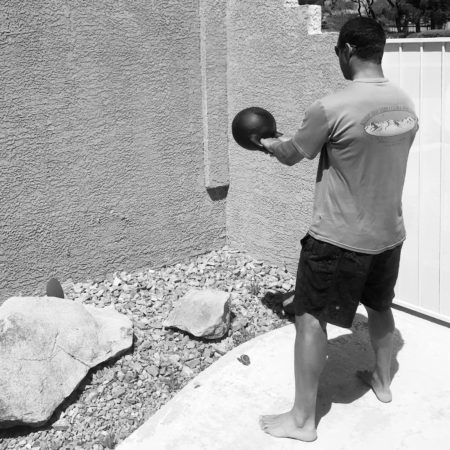
Keep Things Simple, Consistent, and Effective
I have trained consistently (five or more training days per week) since I was fifteen. I have never been “out of shape,” and I have always been intuitive about my training. I have a short attention span, so I can rarely follow a program for more than one week at a time. I have never suffered a serious injury in work nor training. When I was in the military, I needed to be fit and injury-free in order to meet the real-world requirements of my job. Now that I am a civilian, fitness is simply a habit. Being out of shape would feel strange, and more importantly, it would be a dishonor to those still on active duty with whom I served for so many years.
Paradoxically, I have been spending more time outdoors and in the mountains during the quarantine. I am fortunate enough to live on the edge of town with great access to the open desert. Also, since I am working from home, it has been easier for me to get outside and train between meetings. This has allowed my quarantine fitness routine to stay the same as my non-pandemic fitness routine. In fact, it is the same routine I used when training for missions to capture/kill insurgents in Iraq. It is the same as when I was locked in a safe house in the Middle East for four months. It is the same as when training for ultramarathons. And it is what I used for the past three years as a corporate executive at a Fortune 500 company. I like consistency.
I have had ZERO original fitness ideas. My training philosophy has been heavily influenced by the following practitioners and thinkers: Stew Smith (author of the Navy SEAL workout guide), John Douillard (author of “Body Mind Sport”), Pavel Tsatsouline (StrongFirst), Scott Sonnon (CST/TACFIT), Tim Anderson (Original Strength), Erwan LeCorre (Movnat), Wim Hof (breathing, cold exposure), Ori Hoffmekler (“The Warrior Diet”), Jim Klopman (SlackBow, SlackBlock), Scott Glenn (Hollywood actor), Nassim Taleb (“Antifragile”), and Vladimir Vasiliev (Russian Systema).
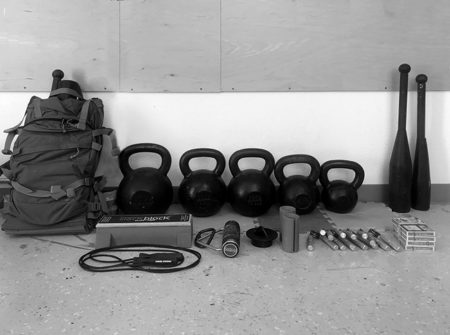
A Sample Training Week
I am very unstructured in how I plan my training, however on average, I try to get at least the following:
- 3 kettlebell or calisthenics workouts per week. Some weeks I do two kettlebell workouts and one calisthenics. Some weeks I do the reverse. When I travel or go on vacation, I do almost exclusively calisthenics. Last week I did 30 minutes of The Quick and the Dead with a 48kg and fingertip pushups for one workout. The second workout was 30 minutes of: one minute crawling (forward and reverse), one minute jump rope, one minute farmer carries with two 36kg kettlebells. The third workout was Scott Sonnon’s Flowfit done for twenty minutes. For calisthenics, my favorite workout is doing five burpees every 30 seconds for time. (I switched from ten every minute based on Pavel’s recommendation.) If I want more intensity, I do six burpees every 30 seconds and keep the workouts between ten and fifteen minutes in duration. I also will do longer workouts that are 15-30 minutes with 5 burpees every 30 seconds. For the longer workouts, I usually eliminate the jump at the end of the burpee. These burpee workouts can be boring for some people, but I find the consistency and pace to be quite meditative. And if I want to do more work, I just add time.
- 2 medium endurance workouts per week. Last week I did a 90-minute easy mountain bike ride, and a 90-minute hike with a 60-pound backpack.
- Once per week. I make an effort to do a sport or activity such as a long mountain hike or scramble, two to three-hour dirt bike ride, two-plus hour mountain bike ride, etc.
Concepts to Consider
I am neither confident nor qualified to offer specific workout programming guidance. There are plenty of other books and articles on the StrongFirst site and elsewhere on the World Wide Web that can provide you with specific week by week programs. Until then, here are some of the “truths” that I have followed over the past 25 years that have allowed me to stay healthy, strong, and resilient.
- Big Picture: I adopted a “health-first” philosophy (Sorry Pavel!) after reading books by Scott Sonnon and John Douillard in my early twenties. I never train to failure. Most of my training is easy aerobic. When I do train high-intensity, I do it alone where I am my only competition making it easier to avoid my ego negatively impacting my training decisions. I prioritize recovery using breathing, cold exposure, heat exposure, flexibility, and mobility.
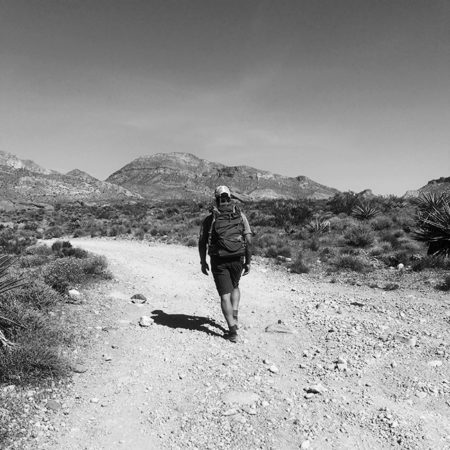
- Mostly easy, rarely hard: 90-percent of my training is at an easy aerobic effort. 10-percent of training is done at maximal effort (HIIT, sprints, max effort lifts, PR-pace running, etc.) I put Pavel’s anti-glycolic training protocols in the “easy” category since my average heart rate rarely goes above my aerobic zone.
- Seasonal hot and cold exposure: I live in the Mojave Desert where in the winter I regularly spend time in water that is 38-50 degrees and I try to spend two to five minutes there every day, first thing in the morning. In the summer, I like to put on a 50-pound pack and hike in the heat of the day when it is 108-plus degrees. Training in the extremes makes the uncomfortable, comfortable.
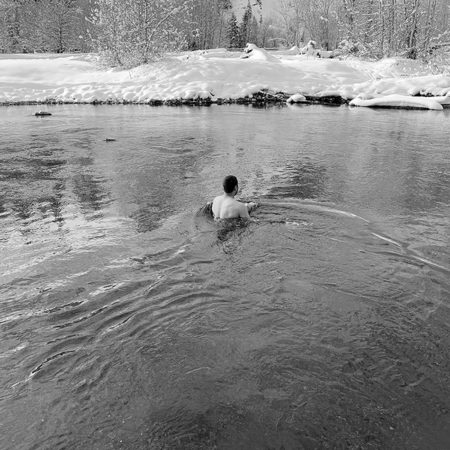
- Breathing: Except for the rare anaerobic or PR efforts, I breathe through my nose during all training. I have been doing this for twenty years and don’t have to think about it anymore. I also practice Wim Hof breathing, static apnea breathing tables, and pranayama breathing one to two times per week.
- Mostly fasted: I train to be able to move up to twenty-plus miles through the mountains with no food and minimal water. I use no special drinks, foods, or supplements before or after training. (Except Mezcal.)
- Diverse training modalities: I use kettlebells, clubbells, calisthenics, trail running, mountain biking, rock climbing and scrambling, slackline/slackblock, rucking, hill sprints, COC grippers, Original Strength crawling and resets, Flowfit, Systema mobility drills, Wim Hof breathing, and yoga.
- Wide variety of programming: My favorite training programs include Simple and Sinister, The Quick and the Dead, Every Minute on the Minute (EMOM), circuits, calisthenic ladders, and pyramids. I do long, easy ruck hikes from one to three hours with 30 to 60 pounds. I do long, aerobic mountain biking or trail running with brief spurts of uphill intensity. I go ski touring in the winter (one to three hours per trip) to access untracked powder. I occasionally attempt more intense PR efforts, usually involving maximum effort running or biking to the top of a mountain.
- Off-the-couch readiness: I pride myself on this. At the risk of sounding slightly boastful, I can get up from my computer right now after drinking a quarter bottle of Mezcal and run a 26.2 mile marathon. (It won’t be fast, and it won’t be easy, but it also won’t be hard.) I can climb multiple pitches of 5.9+ climbing. I can enter an ultradistance mountain bike race. I can help a friend move furniture for eight hours. I can carry my 45-pound, four-year-old daughter for two miles over rough terrain after she decides she “doesn’t feel like hiking anymore.” I can go blue water spearfishing off the coast of Kona and free dive comfortably down to 60 feet.
- Equipment agnostic: I am not dependent on a gym nor a specific type of equipment. I am able to stay fit and strong training in an Equinox Gym in Manhattan, or a Best Western Hotel room in Duluth, MN. And I can sit in my house for two to eight weeks during a quarantine feeling zero stress about de-training or gym closures.
- I eat whatever I feel like: But I rarely eat breakfast or lunch. Usually just dinner.
Your fitness truths will be different than mine. And they should be. But hopefully one or more of my truths resonates with you. Wishing everyone health, strength, and resilience during the quarantine. And after it!
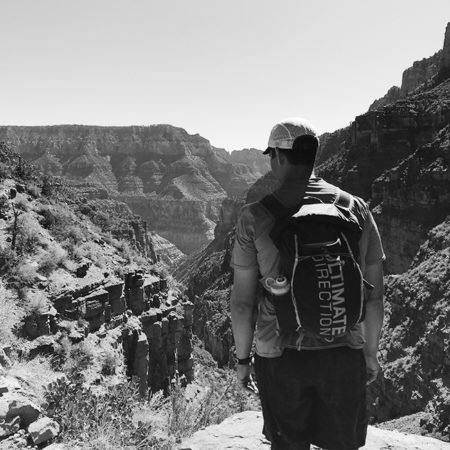
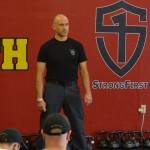
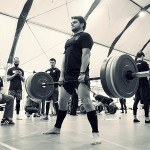
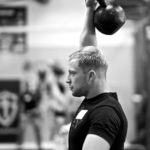

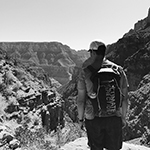

Victor, thank you for the article. I appreciate you taking the time to share your philosophy. ? When do the Fat Grips and Rolling Thunder make their appearance?
Thanks again!
Do the burpees include the pushup?
Thanks for an insightful article.
Excellent article. When you first started running ultras, did you utilize a more typical high mileage training week or was it still roughly as you described in the article? I practice similar principles though not nearly as accomplished as you, and am interested in running an ultra in the next year or so without beating myself up as I have during two marathons in the past.
I love this! Thanks for sharing. I was looking at some boulders in the park the other day and thought what a great “workout “ just to run and jump all over them. I felt young afterwards. I’m adding more of this to my life. Again, thank you
Fantastic article, Victor! Thank you for sharing, while your truths aren’t all necessarily true for me; they all resonate. I enjoyed your simplicity and focus on training in any environment.
I look forward to more posts!
What kind of back pack do you use to rucking with 60 pounds?
Ranoeri
Ranieri,
For rucking, I use the Mystery Ranch CrewCab made in my home state of Montana. I have carried up to 200 pounds in the pack in a training scenario and it did not break.
Thank you Victor. Great article.
I love this. Very StrongFirst to me. Always ready. Lots of accomplishments and capabilities.
Though I wonder why barbells don’t get mentioned here, besides their obvious place in the CF world.
John,
Barbells were not mentioned in the article because I do not use them in my training. I have done maybe twenty barbell workouts in my entire life, and they are an EXCELLENT training tool. However, I personally never found barbell training to be that interesting. I have always preferred the portability and simplicity of the kettlebell or clubbell for training. Thanks for the great question!
Makes sense! I love kettlebells and OS. My son is also about 40lbs and I don’t mind carrying him when he’s tired bc it’s a nice practical way to apply my training. Also always train fasted and remain fasted as long as possible (even after strength training although I could use some beef on my bones) aiming for once a day eating eventually. And I think even Pavel is leaning a little toward “health first” these days!❤️Respect ✊
Great stuff. Makes sense!
Great article. Really enjoyed the reading. And your fitness truth resonates with mine a lot, surely with a lot of others. Classically educated old school approach, true beauty. Thanks a lot for writing that.
Thank you. Excellent article.
Some of your truths certainly ring true for me.
Warm regards and strength to you Sir
“Off-the-couch readiness” – that’s pure gold, sir. Ultimate GPP.
Thanks for the insight into your training.
Great article – thank hou
So much good stuff in this article. Thanks for taking the time to write it.
Victor, mythical beast from Pavel’s books. Very impressive. Power to you.
Thank you for sharing your training approach!
Nothing beats consistency 🙂
Stay well
Such a great article, loads of useful information. I am not ex-military or an athlete just an ordinary chap and I sort of do the same (on a much reduced level) and find it great. I may not do the longer walks or bike rides but dig the garden and cut my own firewood instead. This article and Al Ciampa’s articles have been a great help and inspiration. Just the bit about not doing the jumps on the longer burpee sessions was worth it. I would never have thought of that, so simple. Will give it a try.
Thanks
Legit article. Victor, thank you for your service.
Such an honor to be able to thank you for your indirect input in Pavel’s Q&D book, the anecdote of your discovery of the sprint / push up protocol and Pavel’s kettlebell / push up program that was named after you.
I’m over a couple of decades older than you, but I alternate the classic Q&D program with the “Victor” straight non variable template, (switching every few months), and I am in as good of shape as I was in my military days.
Thank you, Sir!
Thank you Victor for sharing